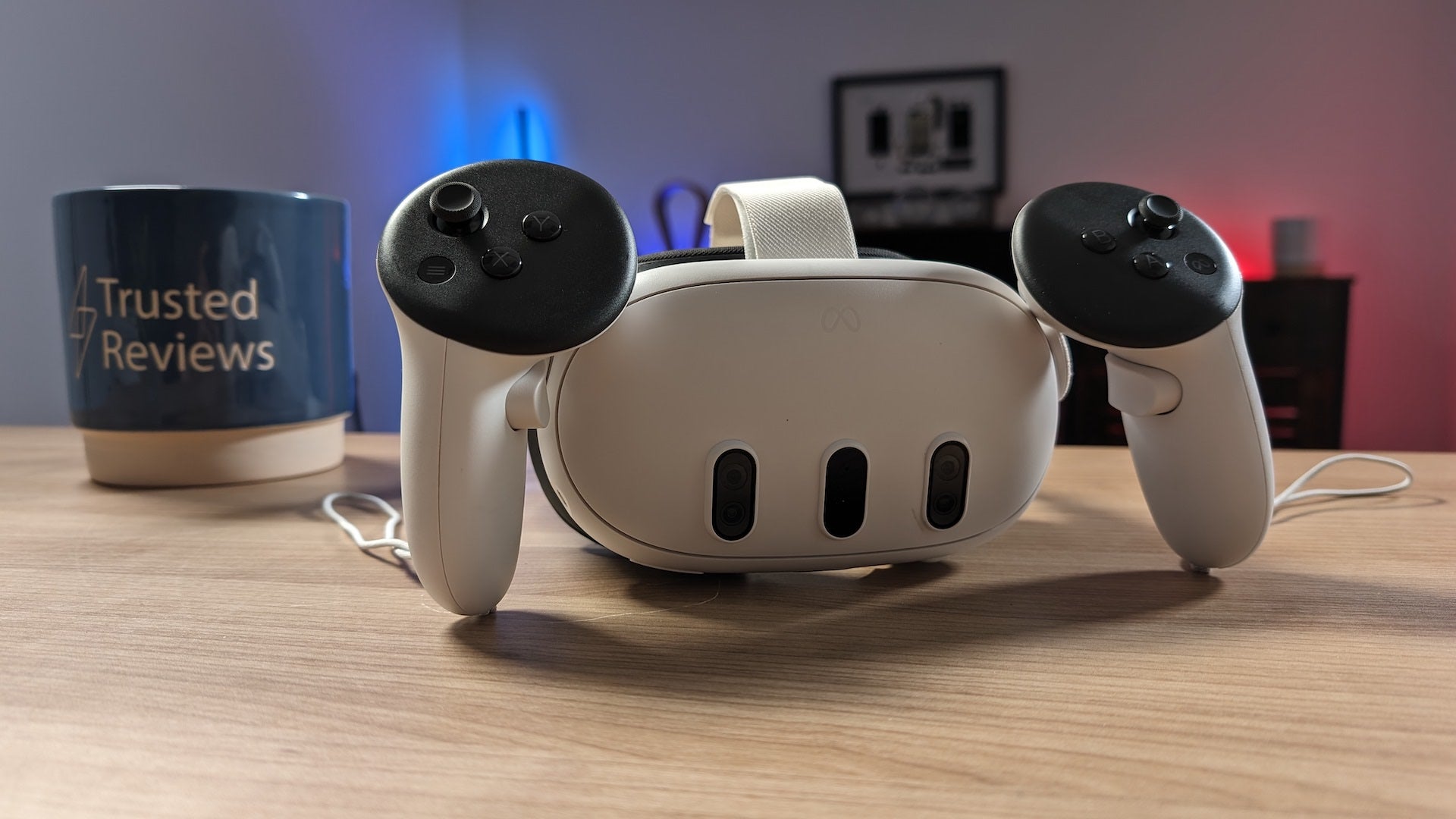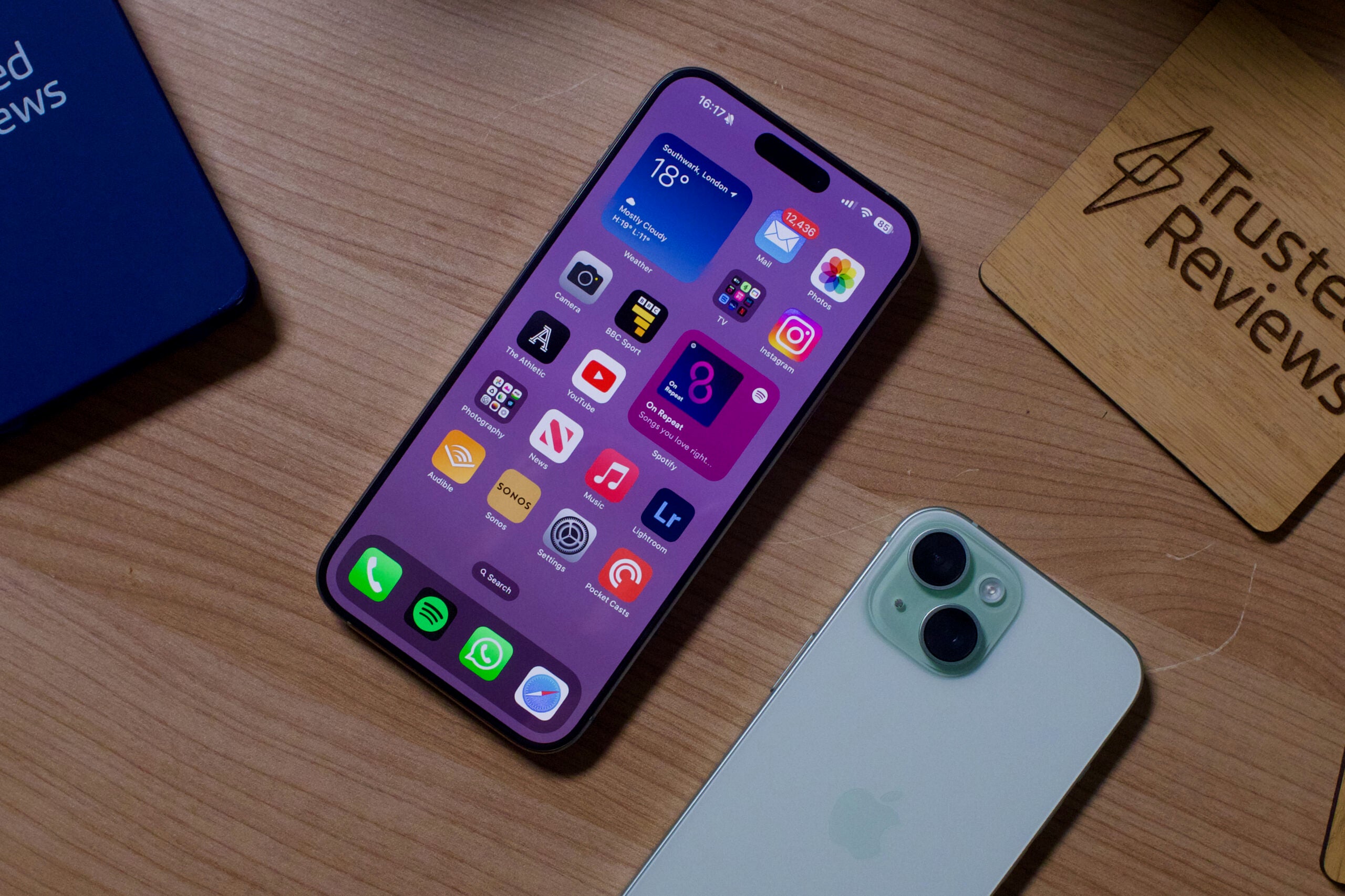What is AR? Augmented reality explained

You might know that AR stands for augmented reality, but do you know what that entails? We’ve put together this guide to explain what AR is and how it’s being used.
Read on to learn everything you need to know about augmented reality.
What is AR?
Augmented reality (AR) is an interactive experience that involves projecting computer-generated images into real-world environments. These images can be people, objects, text, symbols – or anything, really.
A popular example of AR is Pokémon Go, a game that requires you to venture out into the real world to find and catch animated creatures. When you point your phone at a specific spot, Pokémon appear on the screen, making it look as though they are standing right in front of you.
Other common examples of AR include Snapchat filters, Google Maps’ Live View feature, and the try-on tools in shopping apps that allow you to see what a specific item of clothing would look like on your body.
What is the difference between AR and VR?
So, what’s the difference between AR and VR?
VR – or Virtual Reality – is a technology that drops you into completely virtual environments usually with the help of a VR headset. Where AR places computer-generated images into the real world, VR transports you into a computer-generated world.
This makes VR significantly more immersive than AR, which can be a good thing if you want to fully enter into an environment while playing a game or watching an interactive film.
AR, meanwhile, has the additional benefit of allowing you to remain aware of your surroundings. This makes it much better suited to healthcare and industry applications where you may want to see additional information as you work, as well as for photo and video apps where you wish to capture yourself with a pair of bunny ears or a computer-generated beard.
How is augmented reality being used today?
Unlike VR, AR doesn’t require you to be completely cut off from reality to get the full experience. This makes augmented reality very accessible to anyone with a smartphone or laptop. All you need to do is open Snapchat, Instagram or TikTok to see AR filters right on your screen without the need for any additional accessories or equipment.
That said, there are dedicated AR glasses on the market, with many focused on enterprise and industry. For consumers, we’ve seen the likes of Google Glass, the Microsoft HoloLens and Snapchat Spectacles emerge over the years, though, of course, none have caught on to the point you’re likely to encounter them in your day-to-day life.
It’s long been rumoured that Apple is working on its own “Apple Glass” AR headset, but we’ll have to wait and see if this comes to fruition anytime soon.




